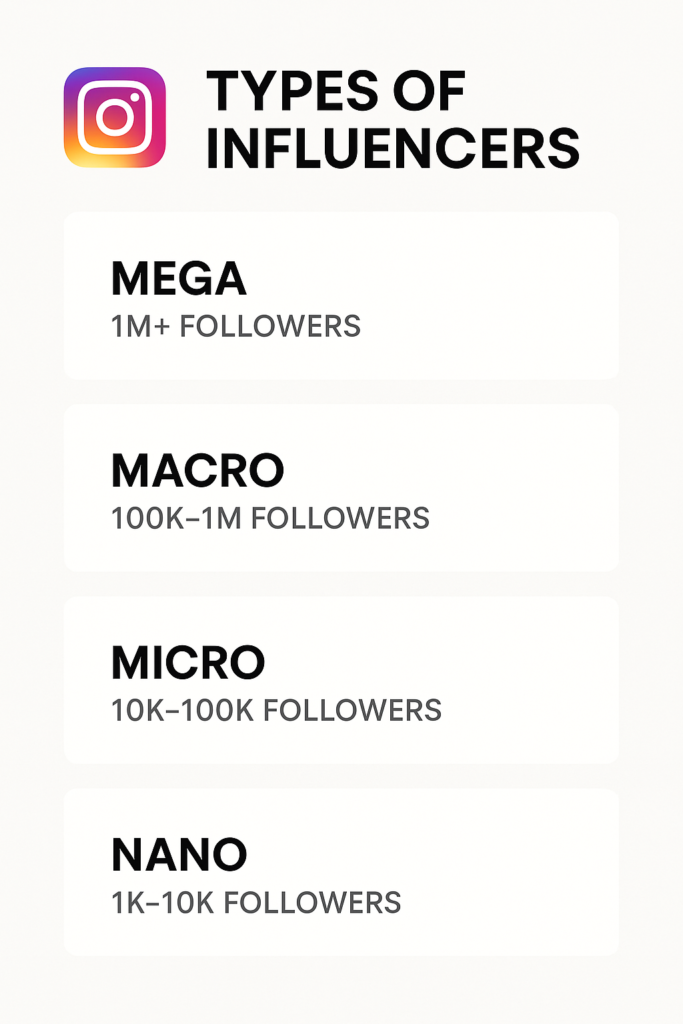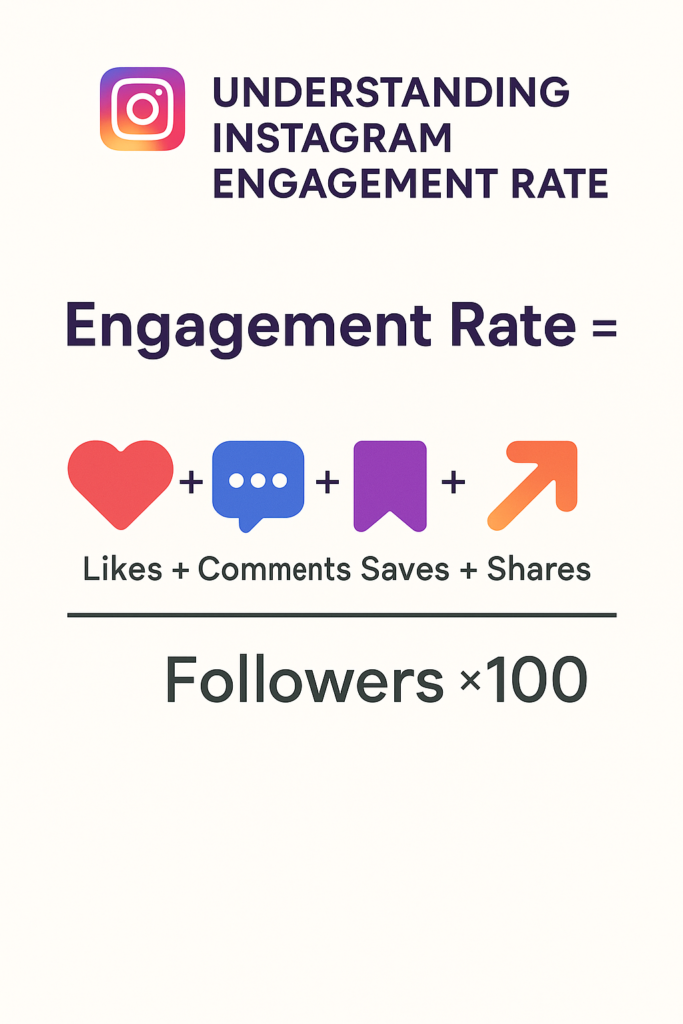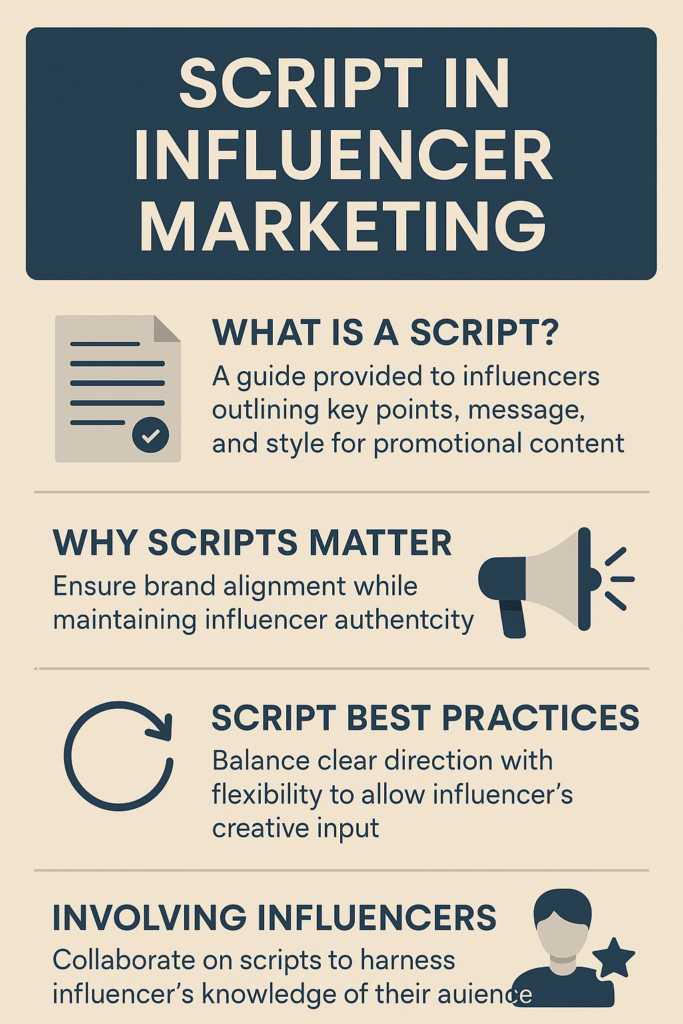Have you ever purchased fancy or classy products without consciously thinking about the need? You just shopped for them because your favorite influencer or creator whispered about them in your ear during your daily commute. This is why influencer marketing sometimes works even better than paid ads, especially for Gen Z. However, there is a disadvantage to this crowded medium; it is vital to maintain balance in every execution. For example, I have recently noticed that local businesses such as cafes, cake bakers, and coaching classes have been using influencer marketing to its optimal level.
Sometimes, figuring out its relatability is crucial; we must not try it out only because it is trending. The numbers can deliver more than you expect when a fitness application collaborates with a micro-fitness influencer, such as a Zumba trainer, and it can also work against your favor when a luxury watch brand partners with a comedy influencer.
Meet the Influencer Types Shaping Social Media Today
With so many options available, selecting the right type of influencer can be a little challenging. Understanding the different categories, their relevance, and how they engage with their audience is key to building a strong and effective marketing strategy. In this blog, I’ll walk you through each influencer type and explain how they can contribute to your success.

Mega or celebrity influencers
Mega influencers and celebrity influencers often share a similar follower range (1 million+), but their impact on marketing campaigns varies. If the goal is to build brand credibility, create a premium image, or drive mass awareness, celebrity influencers are a great fit. However, if you’re aiming to connect with youth culture, spark digital conversations, and boost trendy visibility, mega influencers can be a better choice.
A recent example of celebrity collaboration is Kriti Sanon and Varun Dhawan partnering with Fossil, a premium brand for watches, leather goods, and accessories. Similarly, Ankur Warikoo’s collaboration with Asus India to promote a laptop highlights the power of mega influencers in creating meaningful buzz in the tech space.
Macro-influencers
Macro influencers are experienced social media creators with a substantial fan base, typically ranging from 100,000 to 1 million followers — larger than that of micro influencers. Their content usually enjoys a moderately higher engagement rate compared to mega influencers. As professional content curators, macro influencers are often chosen for product launches, brand awareness campaigns, and event promotions.
Micro-influencers
Micro influencers are content creators with a smaller but highly engaged audience, typically ranging between 10,000 and 100,000 followers. They often specialize in niche areas like beauty, food, fashion, or fitness, building strong trust within their communities. Known for their relatable content and close-knit audience relationships, micro influencers are ideal for cost-effective collaborations that deliver strong ROI. They are especially effective for product reviews, tutorials, and generating authentic user-driven content.
Nano-influencers
Nano influencers are social media users with a small but highly engaged following, typically between 1,000 and 10,000 followers. Often, everyday individuals trusted within their local communities or personal networks, nano influencers build strong relationships through authentic content that doesn’t feel like traditional advertising. For example, a local coffee shop might collaborate with 10 nano influencers in the same city to share their experiences and invite friends, creating a buzz within the local community.
Understanding how engagement rate reflects audience connection
Imagine you’re scrolling through Instagram and come across a creator with 350,000 followers. At first, it looks impressive. But as you browse their content, you notice the views, likes, and comments are just average — nothing special.
Now, you find another creator with only 10,000 followers, yet her reels are getting over 28,000 views. Each post sees 90 to 100 comments, and her content is shared 20+ times regularly. Clearly, her audience is more active and involved.
Between the two, brands are more likely to choose the creator with higher engagement, not the one with just a big follower count. A strong engagement rate shows real connection, making it a key factor when selecting influencers for collaborations.

Balancing Humor with Value in Your Content
Humor can be a powerful bridge, creating deeper resonance and connection with audiences, but only when used thoughtfully. Striking the right balance between humor, education, and value-driven content is crucial. Imagine a premium jewelry brand collaborating with a digital comedian: regardless of whether the creator is a man or a woman, the campaign might fail to land as intended. Why? Because the foundation — the ideation — wasn’t aligned with the brand’s identity.
Now flip the script. Picture brands like Fevicol or Zepto weaving humor into their content: in their case, humor isn’t just a gimmick — it fits naturally, amplifying their message and effortlessly delivering the desired ROI. The right idea, for the right brand, at the right time — that’s the real magic.
Creating an Impactful Influencer Marketing Campaign
Before diving into an influencer collaboration, first define the end goal of your campaign: Awareness, Engagement, or Conversions. Once your objective is clear, choose the right creator by evaluating authenticity, relevance, and audience fit, rather than just focusing on follower count. Brainstorm content ideas, but also allow space for the creator’s input — “Creativity thrives in collaboration.” After the campaign, track key performance indicators (KPIs) like reach, clicks, engagement rate, and ROI. Lastly, focus on building long-term relationships with creators, as they often lead to better results than one-off campaigns. Send us your query at Local Bizz Boosters to find the ideal influencer for your brand, where engagement rates lead to more conversions!
I would highly suggest seeing this amazing collaboration that has been done between the brand Realjuices and the creator, Raj Anadkat.
Importance of Scripts in Influencer Marketing
Creating, drafting, and finalizing scripts is key to ensuring that a brand’s message is not only clear and consistent but also engaging. A well-crafted script provides structure, guiding influencers through the sequences of actions, communication messages, and layout elements. Even for short-form content like reels, having a script can boost confidence and enhance performance, inspiring influencers to deliver their best during filming.
When developing a script, don’t restrict yourself to just promoting products or services. Instead, think about adding an element of appeal—whether that’s humor, value, or a compelling narrative—that will resonate with the audience. This allows room for creativity and encourages viewers to think deeper about the message, making your content more memorable and shareable.

